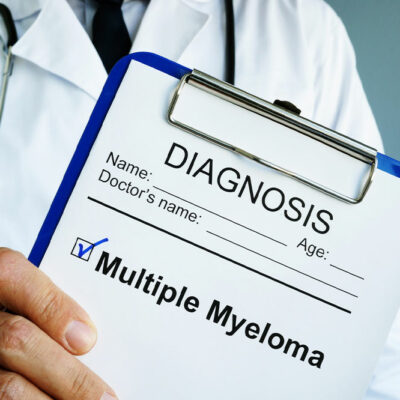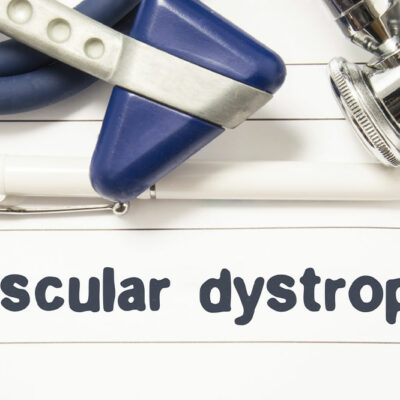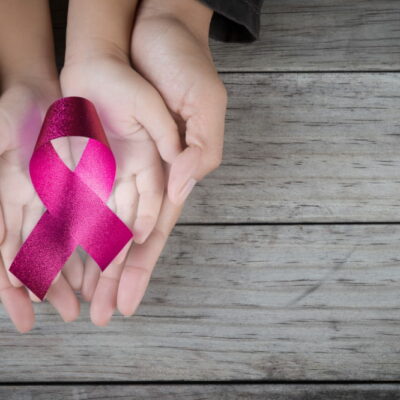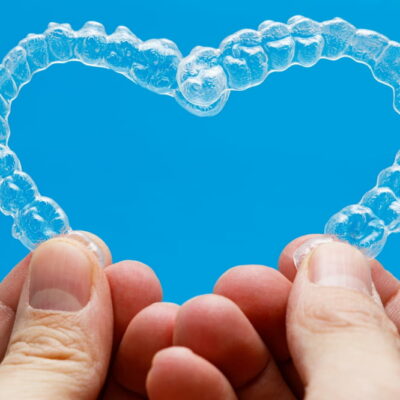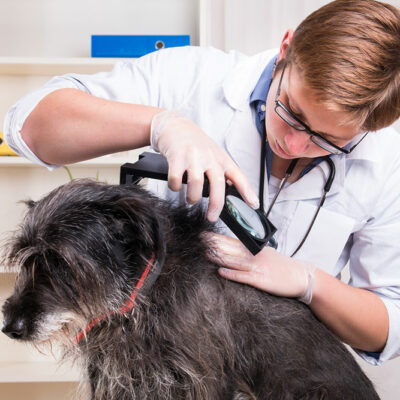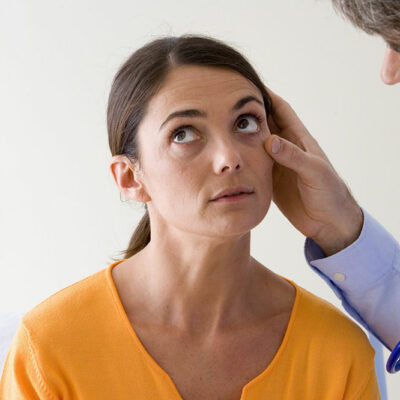
health
8 early signs of anemia
Iron is required by the body for growth and development. The body utilizes iron to form hemoglobin, a protein that transports oxygen to different body parts. Unfortunately, iron deficiency, or anemia, affects approximately 5 million people nationwide. Moreover, women are more susceptible to anemia than men. This can be avoided by having iron-rich foods and maintaining a healthy lifestyle. That said, here are some early signs of anemia to watch out for: Extreme fatigue As mentioned earlier, iron is used to produce hemoglobin, which plays an integral role in supplying oxygen throughout the body. Low iron and hemoglobin levels lead to the lack of oxygen in the body, resulting in extreme tiredness and fatigue. Hence, individuals with anemia may feel perpetually exhausted, even after sleeping well at night. Skin paleness Healthy skin complexion results from capillaries present underneath the skin. However, these capillaries do not function optimally among individuals with anemia. Consequently, the skin may turn yellowish and pale throughout the body or in certain body parts, such as the lips, eyelids, and face. Cold hands and feet Individuals with anemia may experience cold hands and feet as their blood does not get adequately circulated in the body. This is because the body does not have sufficient red blood cells to supply oxygen to the tissues.
Read More 